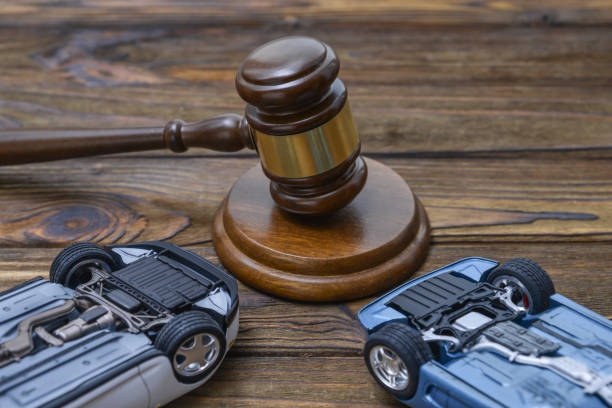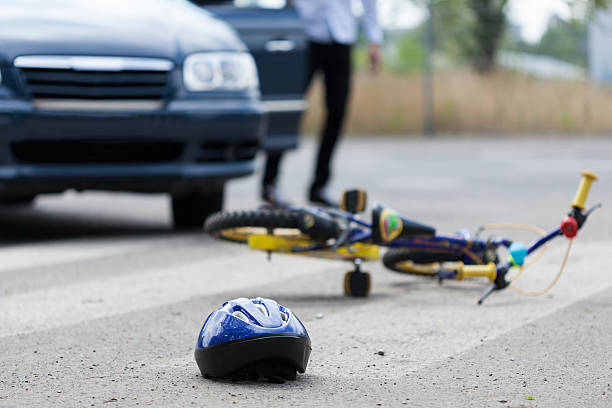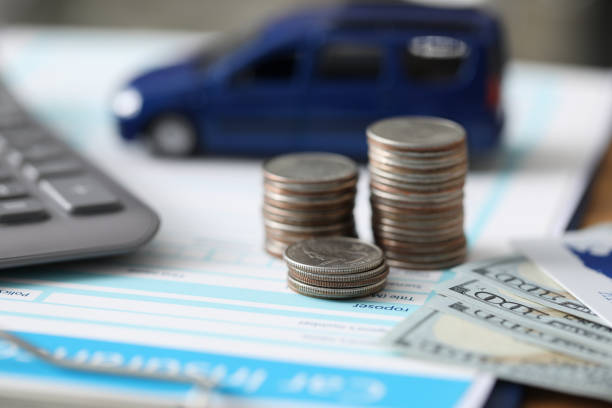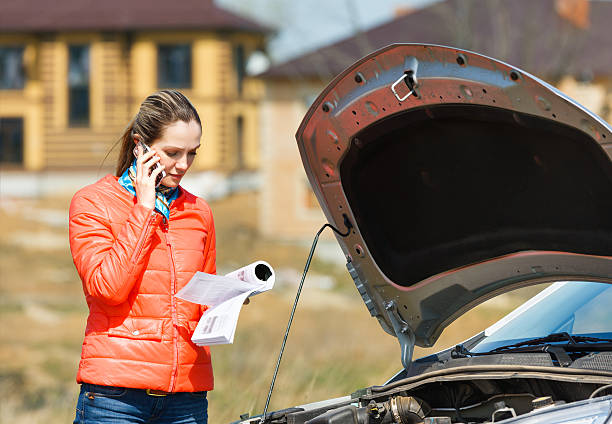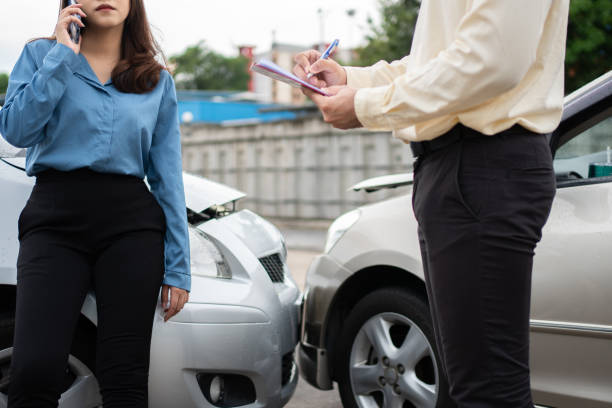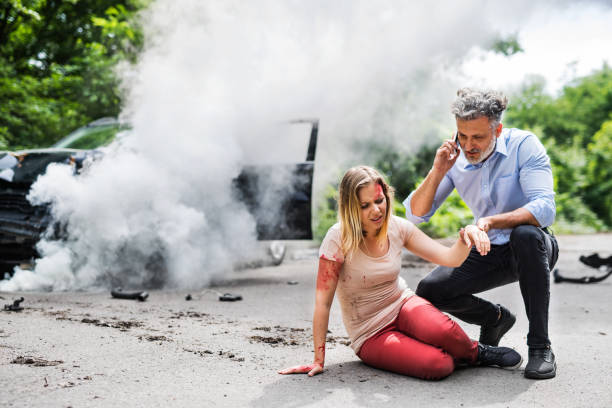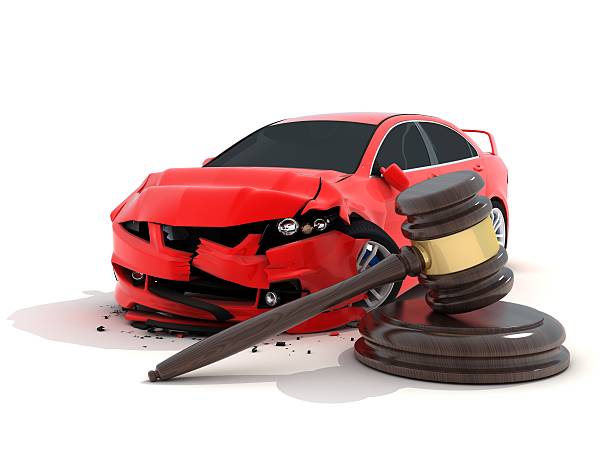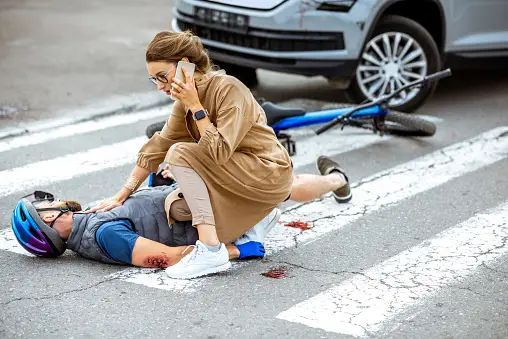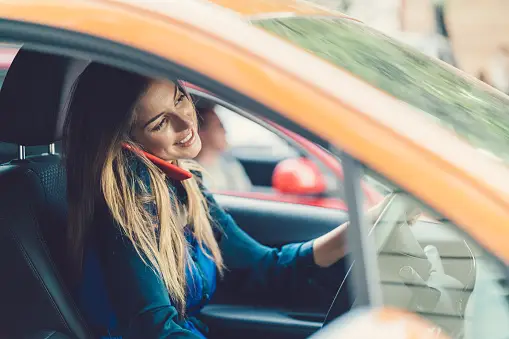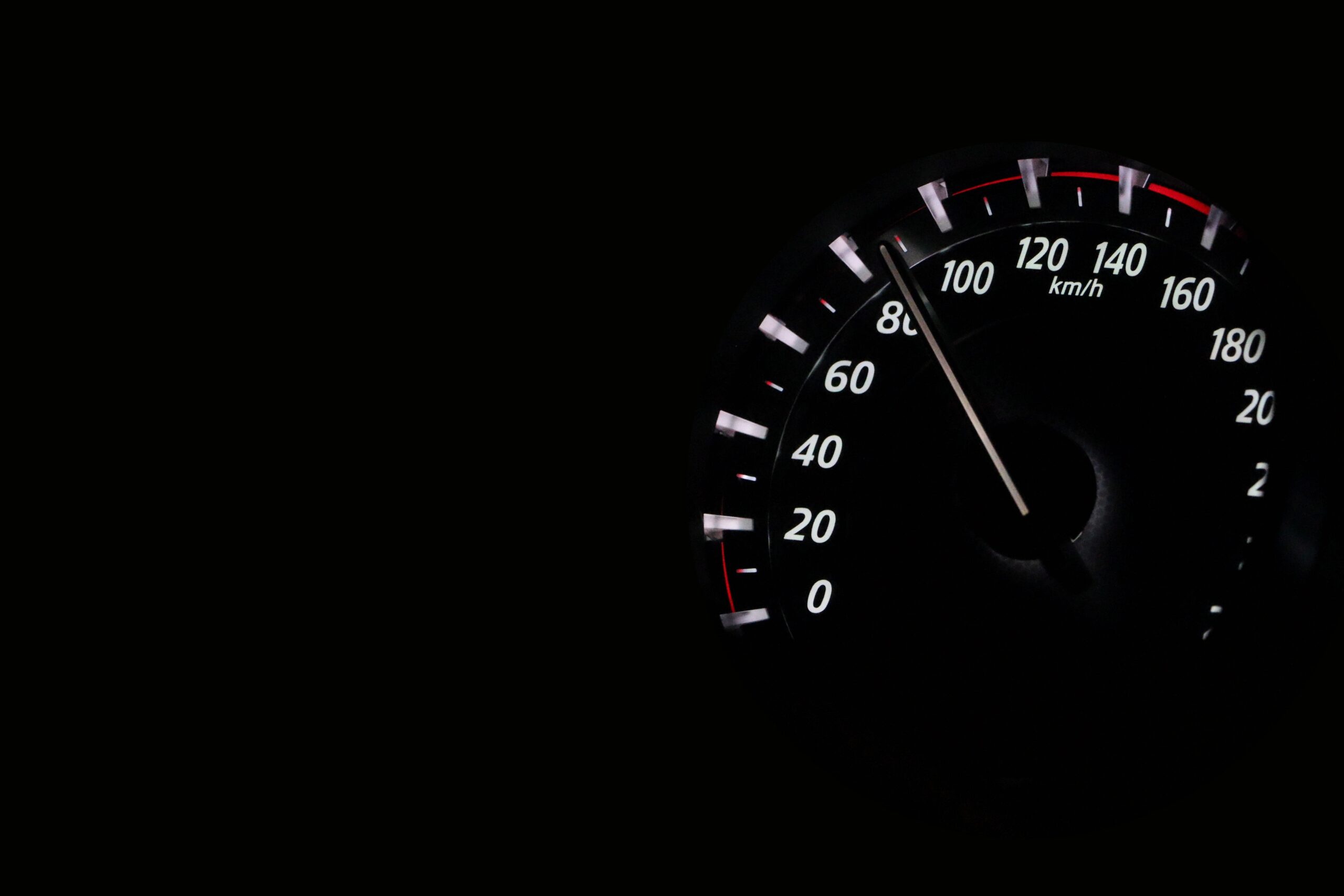
Crosswalks are intended to give pedestrians a safe route across congested roadways. Accidents are still possible, and they frequently result in legal battles about who is responsibility. The idea of comparative carelessness is relevant in these situations. Both drivers and pedestrians must understand how comparative negligence applies in crossing injury cases. In this article, we’ll examine the nuances of comparative negligence and how it applies to legal disputes involving crosswalks.
What is Comparative Negligence?

A legal theory known as comparative negligence aims to resolve circumstances in which many parties are responsible for an event. This idea distributes accountability proportionally rather than laying complete responsibility at the feet of one party. It recognizes that several parties’ activities or inactions frequently combine to cause accidents. The appropriate allocation of blame and potential compensation can be determined by the courts by evaluating the level of fault of each party involved.
Crosswalk Accidents: Common Scenarios
A variety of situations when cars and people collide on highways are included in crosswalk accidents. Among these instances are those in which motorists disregard pedestrians in clearly indicated crosswalks, pedestrians jaywalk or cross the street in defiance of traffic signals, and collisions resulting from fast or inattentive driving. To create the framework in which comparative negligence rules are implemented, it is essential to comprehend these typical situations.
The Role of Pedestrians
Pedestrians are essential to the security of crosswalks. They are required to follow the law when utilizing crosswalks and to drive safely. To do this, pedestrians must heed traffic signals, look both ways before crossing, and avoid making unexpected movements that might threaten other road users or motorists. Recognizing the obligations of pedestrians contributes to making the road safer for everyone.
The Responsibility of Drivers

Drivers are required by law to keep pedestrians in crosswalks safe. This duty entails giving pedestrians the right-of-way, particularly when traffic lights suggest so. To avoid collisions with pedestrians, drivers must maintain a reasonable pace, refrain from using their cell phones while driving, and exercise caution. One of the most important components of responsible driving is respecting and acknowledging the rights of pedestrians on crosswalks.
Pure Comparative Negligence
Even when one party is more at blame than the other, the degree of responsibility is apportioned under legal systems that follow pure comparative negligence. This implies that a pedestrian may still claim compensation even if they are determined to be partially at fault for an accident. However, the amount of compensation is modified according to the degree of blame placed on them. Pure comparative negligence enables a more complex evaluation of responsibility, ensuring that each party is held responsible for their relative contributions.
Modified Comparative Negligence

A line is drawn under modified comparative negligence at which an aggrieved party is no longer entitled to compensation. The injured party cannot get compensation if their degree of culpability is greater than this cap, which is often set at 50%. However, if their proportion of culpability is equal to or less than the criterion, they are still eligible for compensation, although with an altered amount. With this strategy, we want to achieve a balance between accepting shared liability and limiting frivolous claims.
Gathering Evidence in Crosswalk Cases
To establish the timeline of events and assess the level of carelessness in crossing accidents, it is crucial to collect precise and convincing data. Photographs of the accident site, surveillance footage from neighboring cameras, and accident reconstruction reports can all offer helpful information. Finding knowledge about traffic signs, the weather, and road markings also aids in reconstructing the events leading up to the collision. The parties concerned can construct a solid case and offer a clear picture of how the event occurred by painstakingly gathering evidence.
The Role of Witnesses
In crosswalk instances, eyewitness testimony frequently plays a crucial role. Witnesses who were there when the accident happened might offer first-hand accounts of what happened. Their testimony may confirm or further explain particulars that might be important in proving blame. Their objective viewpoints can assist courts in determining the veracity of claims and counterclaims, resulting in a more precise evaluation of comparative negligence. Relying on reliable witness testimony helps to reach a fair decision and adds depth to our knowledge of the disaster.
Working with Legal Experts
Personal injury law experience is necessary to navigate the complexities of crosswalk injury litigation. Legal experts with experience in these situations can offer insightful advice and defense. These specialists can aid affected parties in understanding their rights and alternatives since they are knowledgeable about the complexities of comparative negligence.
They aid in developing a compelling argument, assessing the reliability of the evidence, bargaining with insurance providers, and, if required, standing in for clients in court. Working together with legal professionals improves the probability of a successful conclusion and ensures that the legal process is properly managed.
Factors Influencing Comparative Negligence
In crosswalk situations, a variety of criteria are taken into consideration while determining comparative negligence. These variables include the behaviors of the motorist and the pedestrian, the precise road conditions at the scene of the collision, the weather, the observance of traffic regulations, and any potential distractions.
These elements are taken into account by courts when determining how much each party’s conduct contributed to the accident. Courts can more fairly assign blame by analyzing these factors, which also guarantees that the decision is founded on a thorough analysis of the case.
Seeking a Fair Resolution
In crosswalk injury cases involving comparative negligence, the ultimate objective is to get at a fair conclusion that takes into account the parties’ shared liability. A fair settlement, whether reached through negotiations or legal processes, takes into account the available facts, the applicable comparative negligence rules, and the degree of each party’s responsibility. A fair resolution guarantees that injured parties receive the proper compensation while encouraging responsibility and better driving habits among all road users.



